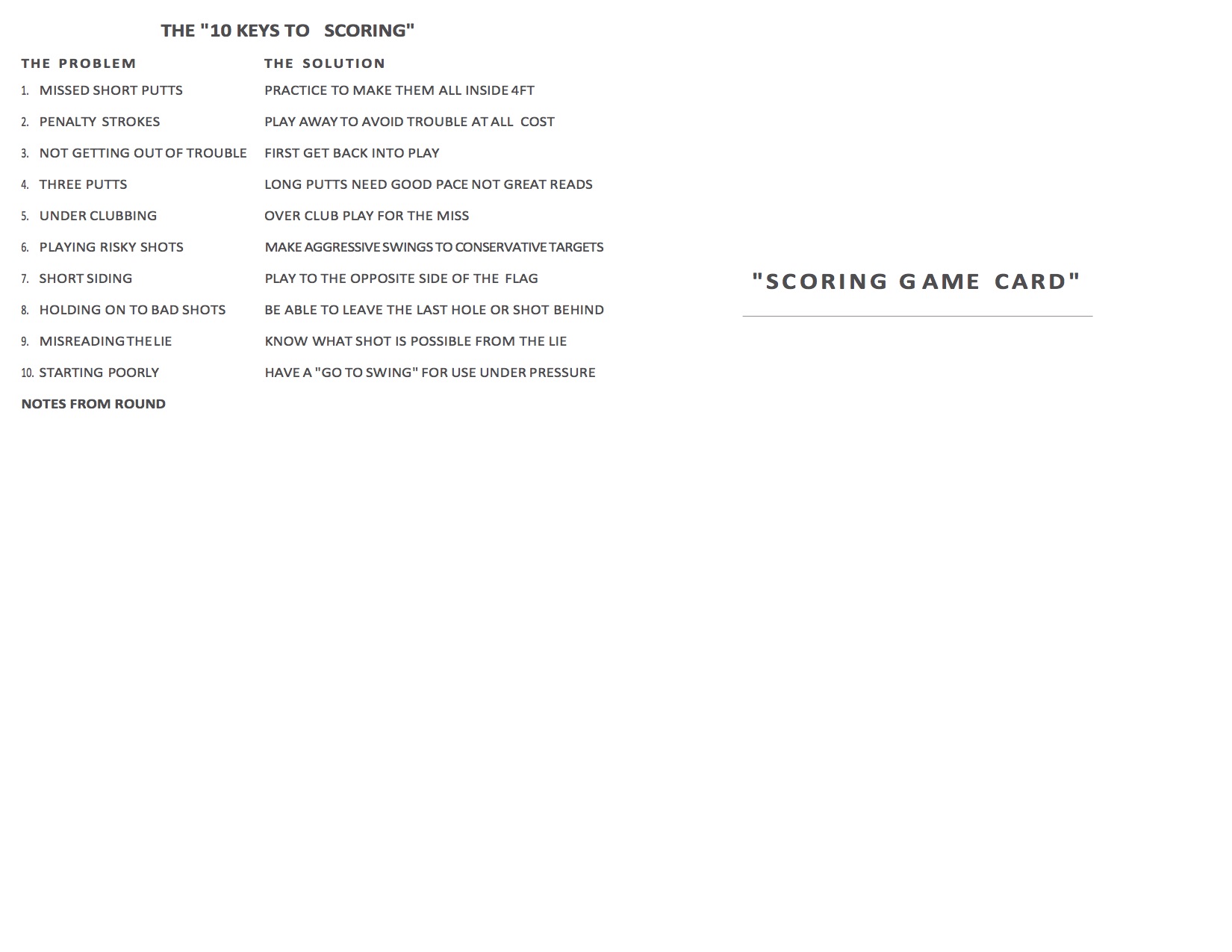Golf Club Myths Debunked
I hear many myths about golf equipment shouted as truth everyday at the Club. For some strange reason these myths seem to carry on strong and are spoken like the Gospel. Like the one that says graphite shafts are too whippy. Anyone playing decent graphite shafts that are properly fitted knows this is completely false. Or how about the one that states hitting a driver with less loft will hit the ball farther? HAHA! Or what about the one that states you can hit a driver with a longer shaft further than one with a shorter shaft?
My point being is none of these statements hold up under serious scrutiny, yet these statements and countless others are shouted as fact on a daily basis. Of course there are some exceptions that may occur, as there are exceptions to every rule, but for the average golfer they are erroneous. A lot of theses statements are made up by major manufacturers to get you to buy their latest equipment. I’ve witnessed many golfers swear to one brand over another, which is okay, whatever works. But the truth is, technically, they really aren’t much different from one another.
Let’s look at the “whippiness” of graphite shafts. Have you noticed that all tour pro’s have graphite shafts in there drivers, fairway woods, and hybrids? Do you think that is because they are too whippy? Some, like Brandt Snedeker, and Matt Kuchar even use them in their irons. Do you want to bet it’s because they’re too whippy? The truth is the graphite and resin materials used in graphite shafts today make them as stable as steel at half the weight. If that weren’t enough, they are proven to transfer more energy to the golf ball than steel shafts do. Avoiding this great technological upgrade based on the fact you think it’s whippy is just wrong!
I get questions about shafts quite often, like will a new shaft help me hit it farther. My short answer is no, my long answer is maybe. Distance is really a product of clubhead speed, launch angle, and spin rate. A general rule of thumb is a soft shaft will hit it further with less accuracy, while a stiff shaft won’t hit the ball as far, but be more accurate. By further, I mean a few yards, not jaw dropping distances.
Maximizing distance really involves gaining clubhead speed along with optimizing launch angle. In my experience a 10.5-degree driver head generally launches the ball too low for the average men’s clubhead speed of 90mph. A 13 or 14-degree driver would actually fly the ball in the air further all else being equal. So in the case of the “average” more loft let’s you hit it farther. And a lot depends on how you hit it. A steep angle of attack means you likely need more loft on the face to achieve the same results.
So yes, there are many misconceptions and myths out there when it comes to golf equipment. It is my job as a PGA Professional to debunk these myths and utlize technology like Flightscope to Professionally fit golfers so they can make informed decisions when it comes to their golf equipment. Whether it is a lesson or a fitting or an article like this, we are here to help you play your best!
-Matthew Lindberg, PGA

